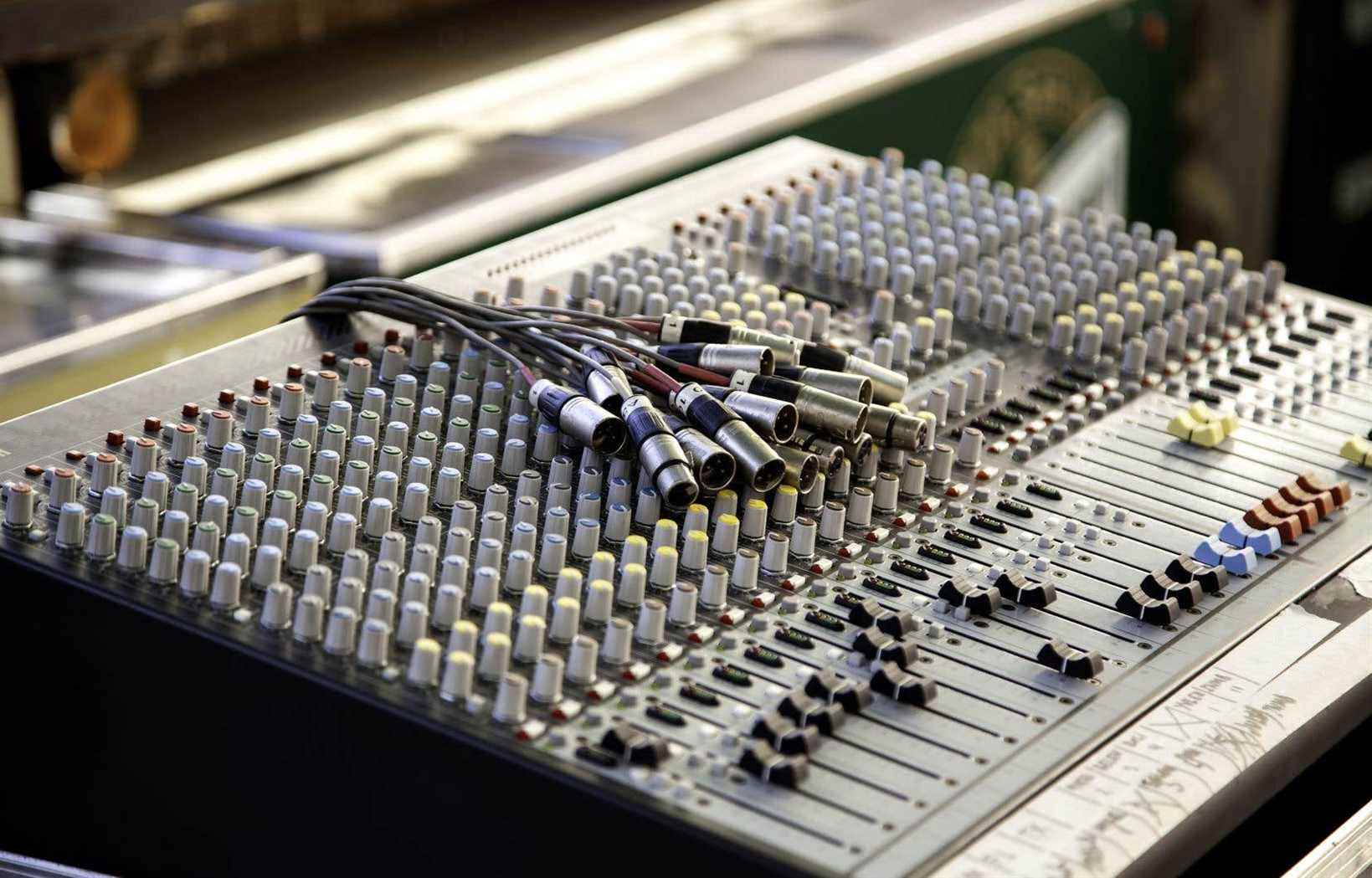Aid measures to compensate for ticket office losses and loss-making performances by performance halls during the pandemic have finally been clarified. This assistance from the Conseil des arts et des lettres du Québec (CALQ) and the Society for the development of cultural enterprises (SODEC) is now provided until December 31st. Improvements even make it possible to raise certain financial ceilings. A clarification that was needed in the middle of the show.
The announcement on Friday cleared the confusion that was undermining the aid measures. A confusion which made the financial arrangement of the shows scheduled from November 15 very risky. Now it’s a little better: cinemas can program until the end of the year, since it is certain that the aid will go until then. But this horizon remains that of visual navigation rather than that of the medium term that the entertainment world would have liked; a world where the shortest time to rent a hall, hire an artist and sell tickets is two months.
At SODEC, Temporary Assistance for the Performance of Music and Variety Shows thus increases the maximum amount of compensation for performances of the same show from $ 75,000 to $ 150,000, explains the Director of Communications. Johanne Morissette, “and the maximum amount of compensation per company goes from $ 400,000 to $ 800,000”. The maximum compensation per performance remains the same, that is, $ 8,000 for a producer and $ 10,000 for a producer-broadcaster.
“SODEC doubled the eligible budgets for the period from 1er April to December 31. That’s excellent news. But we agree on the fact that, if we had known it earlier, we could have made our artists perform quite a bit more… ”indicated an agent in the music industry, who prefers to keep his name silent so as not to harm his talents. chances of being subsidized. “Because, there, we do not have much time or availability of rooms to make booking by December 31 … “
The risk of opening your entire room
At CALQ, the criteria for calculating the ticketing assistance measure have changed. “We continue to support everyone,” explained Honorine Youmbissi, director of communications at CALQ. But we recognize that with a larger room come more costs. She continues: “The changes made to the calculation method will act on several fronts. They will make it possible to continue the financial support granted to broadcasters who have difficulty selling their tickets as well as to encourage broadcasters who manage to sell more tickets than the gauge that was allowed and to offset the expenses generated by the passport requirement. vaccine. The method thus makes it possible to recognize that costs are attached to a higher number of spectators. “
The detailed understanding of these criteria becomes more complex. See the details: the criteria are divided into three levels. Rooms that fail to fill their COVID gauge keep the existing calculation ratio (multiplied by an aid coefficient of 75). Theaters that sell more tickets (1 more than the COVID gauge, up to 110% of that gauge, for theaters that sell between 500 and 550 tickets) have a new calculation ratio (multiplied by a coefficient of d ‘help from 85). And the large venues (which sell 1 ticket more than 110% of the COVID gauge, for 551 tickets sold and more) also have a new ratio, multiplied by the highest aid coefficient, which is 100. The CALQ has reminded that a new measure was also announced a few days ago: special assistance of $ 1.1 million to 65 small theaters.
To see further
ADISQ welcomed these announcements “with satisfaction and relief”. Eve Paré, vice-president of public affairs and general manager of ADISQ, underlines that “major fears persist for winter and next spring. The musical entertainment sector has been severely affected by the pandemic and strongly hopes to count on support adapted to the new stage which is beginning: a revival still tinged with health measures, audiences who have varying degrees of ease in finding themselves in rooms “. ADISQ wants transitional measures to be quickly put in place.
At the Conseil québécois du théâtre, it is felt that these “improved measures” are not enough. “We would have wanted measures running at least until March 31, knowing that it is the end of the financial year. Honestly, the timeframe we would dream of is until the end of the season, so that we can at least forecast over a few months and start thinking about 2022-2023 without having to torture ourselves over the predictability of the rest of this. season, ”said Executive Director Catherine Voyer-Léger.
At the Théâtre Jean-Duceppe, we greeted with a sigh of relief the “large hall ratio” of the CALQ measure. “Basically, the larger the room, the greater the difference between the“ in distance ”gauge and the usual gauge as well; hence the greater compensation, because that’s more tickets to sell. As the spectators are not all there, the large rooms are difficult to fill. The calculation therefore seems to me to be well done, indicated Amélie Duceppe, of the general management. The rooms which have decided to remain in distanced gauge will be compensated as before, but the calculation is slightly more advantageous if we open completely. It rewards that risk taking, I would say. “
We would have liked measures running at least until March 31, knowing that it is the end of the financial year. Honestly, the deadline we would dream of is until the end of the season, in order to be able to at least forecast over a few months. […].
